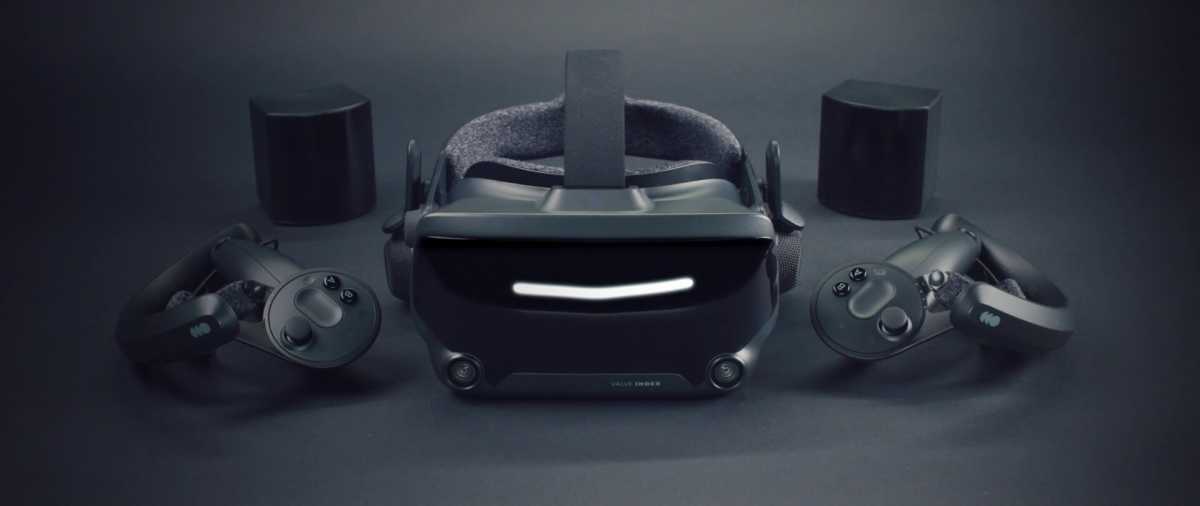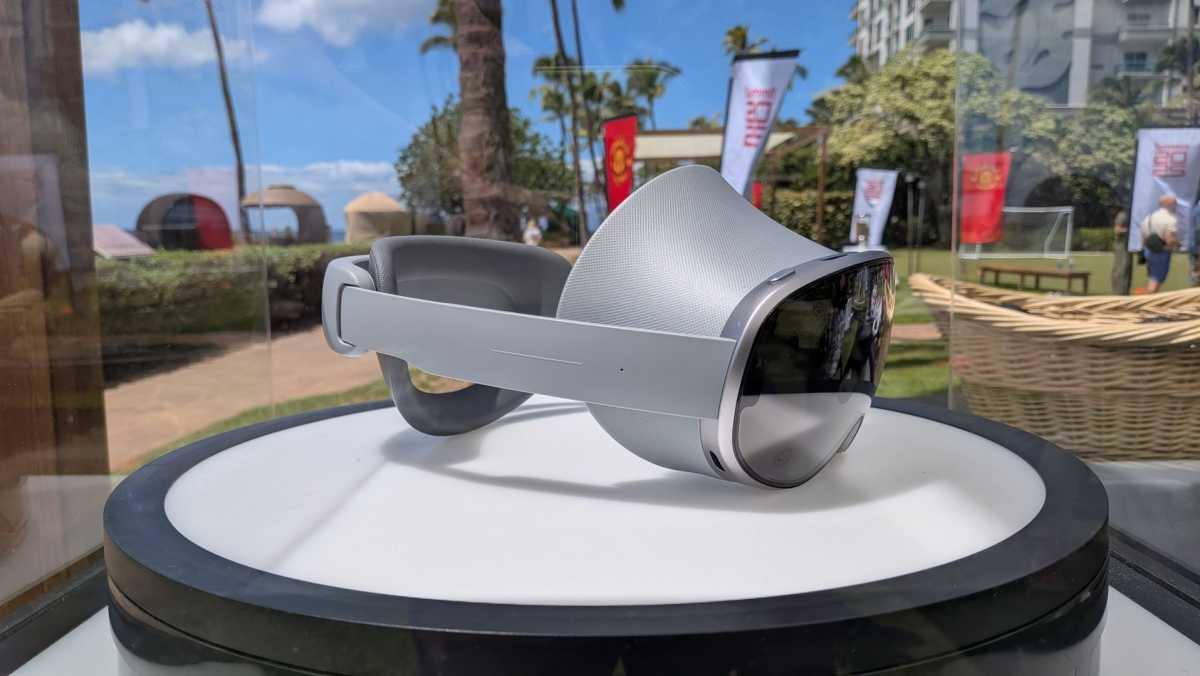The virtual reality landscape felt eerily quiet. The Apple Vision Pro, despite its price tag, hasn’t sparked a conversation, and even the latest Meta Quest has faded from the public’s attention. Other headsets appeared and disappeared, barely registering a blip on the radar. It seemed the promise of VR was, once again, slipping away.
Then came Valve. Amidst a flurry of hardware announcements, the Steam Frame emerged – a standalone headset, self-contained and ready to go, much like the Quest. No wires, no tethers, just immersive freedom to explore virtual worlds anywhere in your home.
But the Frame isn’t limited to its own power. It seamlessly connects to gaming PCs, the Steam Deck, or Steam Machines, unlocking access to high-fidelity VR experiences and traditional games alike. A low-latency wireless dongle, included in the box, ensures a smooth, responsive connection.

Valve packed the Frame with cutting-edge technology: eye tracking, pancake lenses, and expansion slots for MicroSD and USB-C. Powered by a robust Snapdragon ARM64 processor and running a SteamOS-based software, it instantly taps into the vast library of games already available on Steam – both VR and standard titles.
This is a pivotal moment. For those deeply invested in VR, the Frame checks almost every box for mainstream success. Crucially, it offers something Apple and Meta, despite billions in investment, haven’t: a familiar, trusted platform – Steam itself. They’ve struggled to convince users these devices are more than expensive novelties.
Remember Apple’s attempt to normalize the unsettling appearance of digital eyes displayed on an external screen? Valve’s promotional video for the Frame seems to playfully acknowledge this, featuring an older woman lifting the headset to reveal a knowing smile.

Valve’s decade-long commitment to VR shouldn’t be overlooked. While others chased fleeting trends, Valve, alongside partners like HTC, quietly built a solid foundation for VR software. They understand the nuances of the technology and the needs of the VR community.
Previous VR attempts, even with Steam as a gateway, fell short. But Valve has learned from past missteps – the struggles of the Steam Machines and the Steam Controller. The runaway success of Steam and the revolutionary Steam Deck have given them renewed confidence and valuable insights.
Two key elements will determine the Frame’s fate. First, a “killer app” – a game with broad appeal, something akin to Astro’s Playroom on PlayStation 5, that showcases the full potential of VR. Ideally, it would be free with purchase, infused with Valve’s signature creativity.

Ironically, Valve has already announced they aren’t currently developing a first-party VR game. A concerning revelation, to say the least.
The second, and perhaps more critical factor, is price. The Samsung Galaxy XR, boasting similar specifications, carries a staggering $1,800 price tag. This is hardly an improvement over the $3,500 Apple Vision Pro and will undoubtedly deter casual gamers.
Valve must be aware that the Meta Quest series, with models costing as little as $200, remains the dominant force in PC-based VR gaming. In fact, Valve’s own data shows Quest 2 and 3 devices still account for over half of the Steam VR player base, despite the extra steps required for PC VR compatibility.

The Steam Frame doesn’t need to reach $200 to succeed, but a low entry point is essential. It’s the same formula that propelled the Steam Deck to the top of the handheld gaming market. A competitive price will not only attract gamers but also keep them engaged with the lucrative Steam platform.
A price point below $500 would make the Steam Frame an instant purchase for many, including myself. The prospective launch date of “early 2026” offers a glimmer of hope. The wait may not be long, and the potential is immense.






